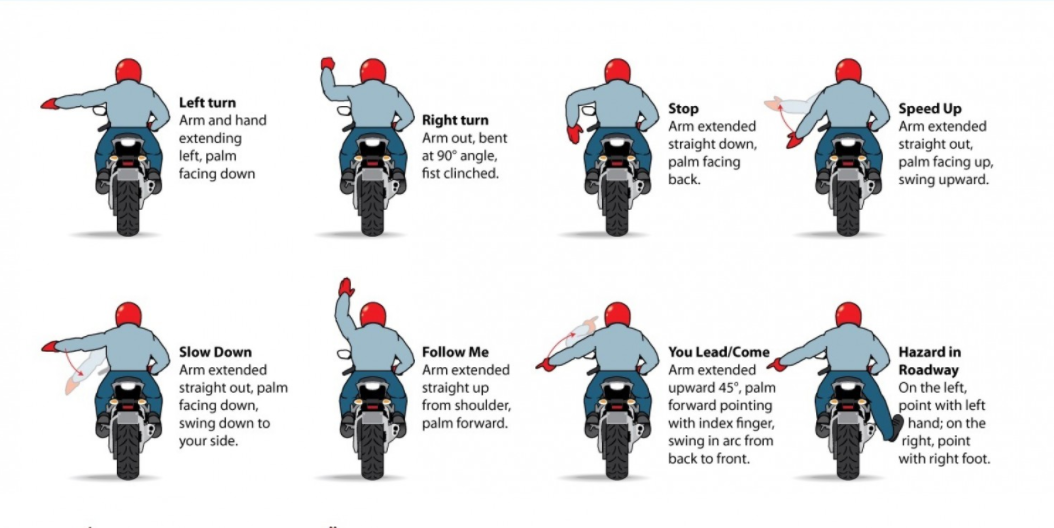
My recent work has also highlighted the role of a novel family of endo-lysosomal channels, the two-pore channels (TPCs) in NAADP-mediated Ca 2+ signalling.Įndolysosomal-based NAADP-mediated Ca 2+ release is now recognized as a widespread trigger for intracellular calcium signalling, and studies of TPCs have enhanced our understanding of this process. Whilst IP 3 and cADPR activate Ca 2+ release channels of the “neutral” endoplasmic reticulum (ER), NAADP is unique in that we have shown that it evokes Ca 2+ release from organelles of the “acidic’ endo-lysosomal system: a new role for these important organelles. The three major messengers regulating Ca 2+ signaling are inositol trisphosphate (IP 3), cyclic ADP-ribose (cADPR), and nicotinic adenine dinucleotide phosphate (NAADP). The cracking of this “calcium code” requires a detailed understanding of the spatial and temporal dynamics of the messengers, proteins and organelles that interplay to act as Ca 2+ signal pattern generators. The ability to ‘mix-and-match’ multiple messenger combinations in response to different stimuli allows the cell to generate specific spatially and temporally unique Ca 2+ signals, which in turn are decoded to specify distinct cellular responses. These messengers are synthesized and metabolized under control of stimuli-regulated enzymes, and each messenger acts on its own cognate Ca 2+-release channel family located on organelles to orchestrate distinct Ca 2+ signaling patterns. It is the pattern in time and space of the Ca 2+ signal that ultimately determines which cellular responses are recruited.ĭuring cellular communication, a multitude of extracellular signals are transduced to kinetically (and spatially) variable intracellular Ca 2+ signals in various subcellular cellular compartments that dictate changes in cell responses.Įxtracellular signals are coupled to subcellular Ca 2+ signals via diffusible intracellular messengers and their targets. Multiple small messenger molecules bind to and open specific ion channels on Ca 2+-storing organelles to release their Ca 2+ content and thereby produce complex Ca 2+ signalling patterns.


Our overarching research in cell signalling is to understand how the Ca 2+ ion, as the most common signal transduction element, can specifically control a myriad of cellular processes, and how drugs may modify these.Ĭalcium (Ca 2+) is familiar as a structural component of teeth and bones, but has a more fundamental role in intracellular signalling as the universal regulator of cellular functions.


 0 kommentar(er)
0 kommentar(er)
